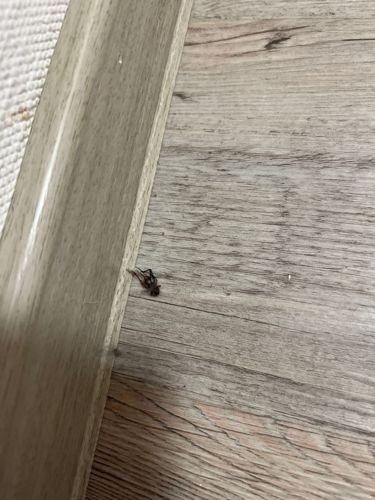Fly (likely a Common House Fly or similar species)
Scientific Name: Musca domestica (or related Diptera species)
Order & Family: Order: Diptera, Family: Muscidae
Size: Common house flies typically range from 6 to 9 mm (0.2 to 0.35 inches) in length.

Natural Habitat
Flies are commonly found across various indoor and outdoor environments. House flies prefer human habitations, including homes, farms, and food establishments, due to the availability of food and breeding sites.
Diet & Feeding
Flies have a liquid diet. They feed on decaying organic matter, including feces, garbage, rotting fruits, vegetables, and animal carcasses. They regurgitate digestive fluids onto solid food to liquefy it before ingesting.
Behavior Patterns
Flies are highly mobile and are known for their rapid flight. They are active during the day and rest at night. They have a complete metamorphosis (egg, larva, pupa, adult). Females lay eggs in moist, decaying organic matter. Larvae (maggots) feed and grow, then pupate, and finally emerge as adults. They are attracted to light and odors.
Risks & Benefits
Risks: Flies are significant vectors for disease transmission, carrying pathogens like bacteria, viruses, and parasites on their bodies and in their feces. They can contaminate food and surfaces, leading to diseases such as food poisoning, dysentery, cholera, and typhoid. Benefits: In natural ecosystems, some fly species play a role as pollinators or decomposers, helping to break down organic matter.
Identified on: 9/26/2025